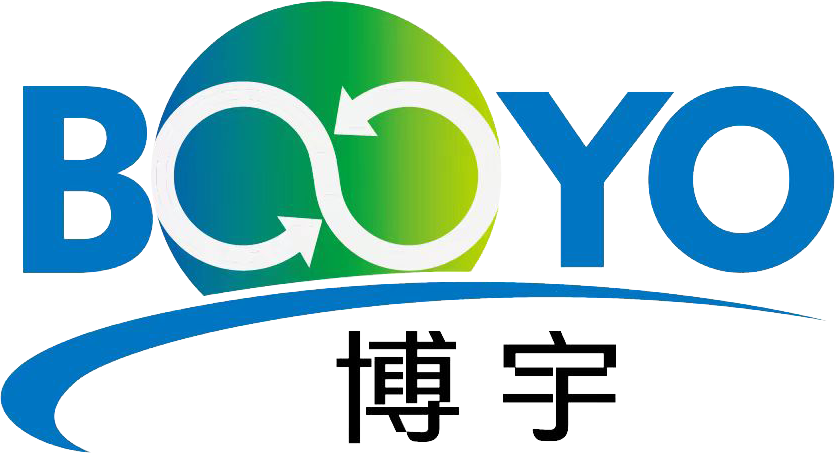
Our News
Find out about our latest news here.
Latest News
- ▶ Sulfur Degassing: Process Routes, Equipment, and Engineering Considerations
- ▶ Desander Skid Package for Oil, Gas, and Process Applications
- ▶ 185MW Condenser Successfully Completed Supporting APAC Pulp & Energy Development for APP Indonesia OK18
- ▶ Large Shell and Tube Condenser for Power and Process Industries
- ▶ Shell and Tube Heat Exchanger Cost Estimate: A Complete Guide for Buyers
- ▶ Iraqi Client Visited Boyu Industry for Technical Inspection of Condensers and Process Columns
Message
What Is a Pressure Vessel?
According to the ASME Boiler and Pressure Vessel Code (BPVC Section VIII) and China’s TSG 21-2023: Supervision Regulation on Safety Technology for Stationary Pressure Vessels, a pressure vessel is defined as:
A sealed container designed to hold gases or liquids at a pressure significantly higher or lower than atmospheric pressure. If certain thresholds of pressure, volume, and fluid type are exceeded, the equipment must be classified and managed as a pressure vessel.
Key classification criteria:
Design pressure: typically ≥ 0.1 MPa (gauge)
Internal volume: typically ≥ 25 liters (per Chinese regulations)
Fluid type: hazardous, toxic, or flammable media
Fully sealed construction: the unit must be enclosed and not easily opened during normal operation
Types and Structure of Plate Heat Exchangers
A plate heat exchanger transfers heat between fluids through multiple corrugated metal plates stacked to form alternating channels. PHEs are categorized based on their assembly method:
Are Plate Heat Exchangers Classified as Pressure Vessels?
The answer depends on several factors including design pressure, volume, structural sealing, and application.
Gasketed Plate Heat Exchangers – Usually Not Pressure Vessels
Not fully sealed (removable construction)
Common design pressure < 1.6 MPa
Typically regulated under GB/T 16409 or NB/T 47004, not under pressure vessel codes
Managed as mechanical equipment, not pressure vessels
Brazed and Welded Plate Heat Exchangers – May Be Pressure Vessels
Fully sealed by brazing or welding
Higher pressure ratings and compact volume may meet pressure vessel thresholds
If working pressure ≥ 0.1 MPa and volume exceeds regulatory limits, they must comply with ASME Section VIII, TSG 21, or PED (EU Pressure Equipment Directive)
Commonly used for refrigerants, steam, oil, or corrosive fluids
Regulatory and Standard Reference
In some cases, even small-volume exchangers are regulated as pressure vessels if the medium is hazardous or flammable.
Practical Engineering Examples
Gasketed PHEs in HVAC: Operate below 1 MPa, not sealed, not classified as pressure vessels
Brazed PHEs in refrigeration: Compact and sealed; pressure and refrigerant type determine classification
Welded PHEs in chemical plants: Fully enclosed, high pressure; classified and managed as pressure vessels
Conclusion
Not all plate heat exchangers are pressure vessels. The classification depends on:
Whether the unit is fully sealed
Working pressure and internal volume
Type of working fluid (hazardous or non-hazardous)
Compliance with local or international codes
In general:
Gasketed PHEs for water or low-risk fluids are not pressure vessels
Welded or brazed PHEs used in industrial settings with high pressure or hazardous fluids are typically regulated as pressure vessels
Before purchase or commissioning, engineering teams should verify design conditions and consult applicable standards to determine if a PHE falls under pressure vessel regulations.
PROFESSIONAL CONSULTATION
If you are interested in our products and want to know more details, please leave a message here, we will reply you as soon as we can.